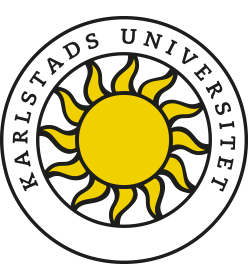Tycka eller tänka om rättvisa
vad främjas i mellanstadiets samhällskunskapsundervisning?
Emneord (Nøkkelord):
SOCIAL STUDIES, CIVICS, SOCIAL SCIENCE EDUCATION, ACTIVITY THEORY, TEACHING AND INSTRUCTION, JUSTICE, CRITICAL THINKINGSammendrag
Social science in middle school is often shaped by a crowded curriculum, and directed towards remembering and recapitulating facts rather than developing qualified ways of reasoning about societal issues. Nevertheless, critical reasoning is regarded a crucial ability for social science, both in the national curriculum and by teachers. The article explores teaching designed to benefit students’ possibilities to qualify their critical reasoning about issues of judicial justice in social science education in year 6 of primary school. The focus is on how the actions of students’ and teachers’ build teaching practises that promote or hinder critical reasoning about justice and fairness issues, depending on the motives for social science expressed and mediated through the actions of both teachers and students. Data material in the study consisted of transcribed group discussions and whole class conversations from three cycles of research lessons in a learning study conducted in collaboration with a team of seven primary school teachers. Four subject practises were identified, driven by different motives: participation, identification, deliberation and critical judgment. Actions driven by deliberation and critical judgment benefitted students’ critical reasoning about justice issues, while actions driven by participation and identification conflicted with it. The results may contribute to the discussion within social science didactics about the meaning of critical reasoning and critical judgement as a subject specific ability.


